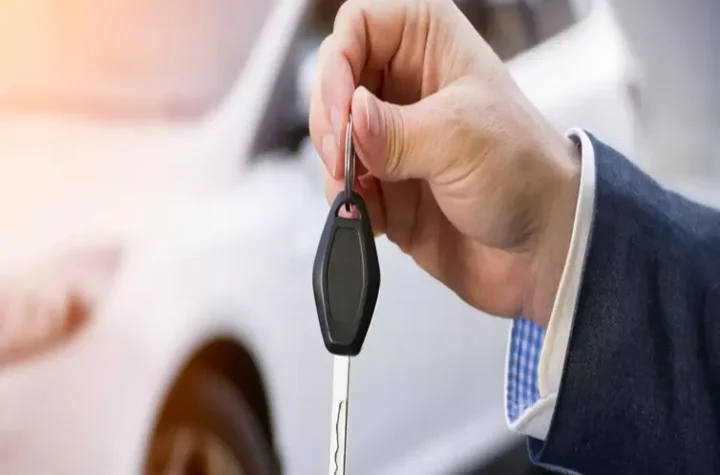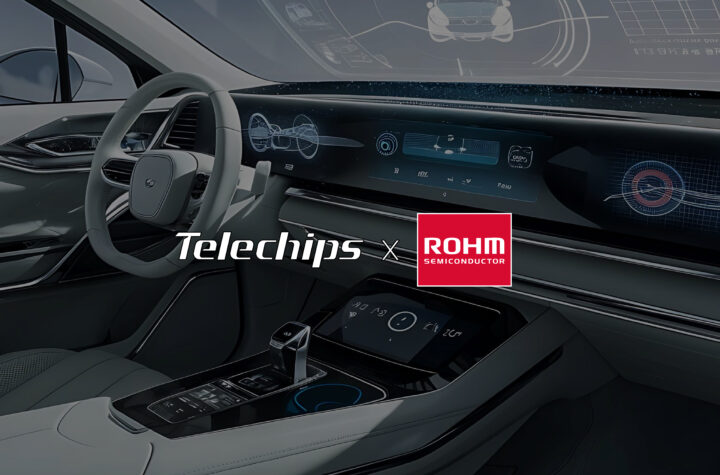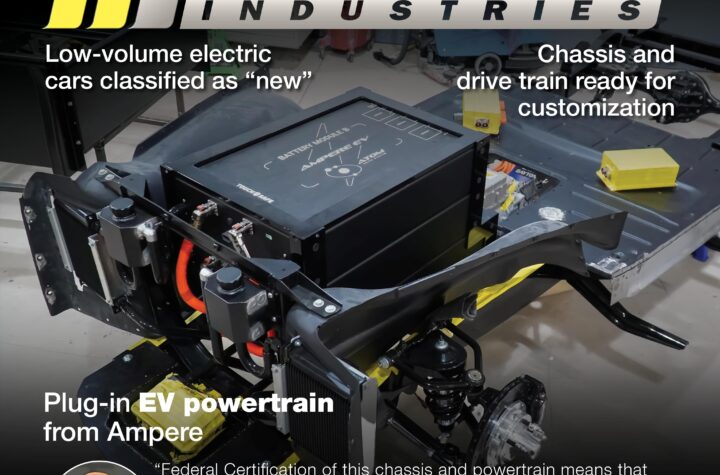
With the advent of autonomous vehicles only now a matter of time, one OEM has turned its focus on how this technology will impact on the lifestyle of the people who own them – and on life in the cities in which the vehicles operate. Mercedes-Benz chose the 2015 Consumer Electronics Show in Las Vegas, Nevada, to stage the world premier of its F 015 Luxury in Motion concept sedan because, “one key aspect of the research vehicle is the continuous exchange of information between vehicle, passengers, and the outside world,” according to the company.
It says the F 015 Luxury in Motion is the company’s response to the challenges facing a rapidly changing world. By 2030, the number of mega-cities with more than 10 million inhabitants will increase from about 30 to over 40. “The single most important luxury goods of the 21st century are private space and time,” says Dr Dieter Zetsche, Chairman of Daimler AG and Head of Mercedes-Benz Cars. He introduced the F 015 during his keynote speech at CES 2015. Mercedes-Benz points out that autonomous driving technology is already on the road. “Already two years ago, with the S 500 INTELLIGENT DRIVE we showed on the historical route Bertha-Benz took in 1888 that we have the technology which makes autonomous driving reality in everyday traffic,” says Zetsche. In August 2013 a close-to-production MercedesBenz S 500 INTELLIGENT DRIVE completed the approximately 100-kilometre journey from Mannheim to Pforzheim fully autonomously.
In July 2014, Future Truck 2025, a one-off vehicle, based on the Mercedes-Benz Actros 1845, drove at speeds of up to 80 km/h in realistic traffic situations on a section of the A14 autobahn near Magdeburg.
On the road today, ranging from the C-Class through to the S-Class, there are already Mercedes-Benz models driving semi-autonomously using features such as DISTRONIC PLUS with Steering Assist and the Stop&Go Pilot semi-autonomous traffic jam vehicle following function. Active Parking Assist with PARKTRONIC allows automated parking with active steering and brake control in both parallel and end-on spaces. “We have a master plan in place to take the big leap required to get from technically feasible to commercially viable. The F 015 Luxury in Motion demonstrates where this may take us,” says Zetsche.
As a foundation for creating the F 015 Luxury in Motion, experts from all areas of MercedesBenz developed a future scenario entitled “City of the Future 2030+, which brought together many aspects of mobile living. “We are convinced that autonomous driving will be a central factor on the way to comfortable, accidentfree driving,” says Prof. Dr Herbert Kohler, Head of Corporate Research & Sustainability and Chief Environmental Officer for Daimler AG. “Autonomous driving relieves pressure and stress in driving situations usually regarded as tedious – for example in tailbacks, in inner-city areas or on long journeys. At the same time, it opens up new ways in which people can make the best use of their time on the road.” “
Anyone who focuses solely on the technology has not yet grasped how autonomous driving will change our society. The car is growing beyond its role as a mere means of transport and will ultimately become a mobile living space,” adds Zetsche. In the shared space of the future the “car-friendly city” will be transformed into the “people-friendly city” without any loss of mobility. The divide between residential, recreational and traffic areas therefore melts away.
This thinking has influenced the design of the F 015, where Mercedes-Benz designers have created what the company describes as “a lounge-like space with a feel-good ambience characterized by elegance, quality and lightness. Sensual, flowing transitions and warm, organic materials such as open-pore walnut wood shaped into a three-dimensional veneer, and extremely soft ice-white nappa leather contrast with clearly-defined metal and glass surfaces with a cool and technical feel,” says the company.
Inside the car, four rotating lounge chairs allow a face-to-face seat configuration. In order to make getting in and out of the car easier, the electrically powered seats swing outwards by 30 degrees as soon as the doors are opened. In manual mode the driver and front-seat passenger can turn their seats forward, and the steering wheel extends automatically from the dashboard. Visually, from the outside, the F015 is a seamless, monolithic exterior with large LED light modules at the front and rear. A range of different lighting functions can be provided through these LED fields. At the same time, the vehicle communicates and interacts with the outside world by means of the LED fields. They indicate, for example, if the F 015 is driving autonomously (blue) or is controlled manually (white).
New materials and structures were used to develop the highly efficient “Smart Body Structure (SBS)” of the F 015. By cleverly combining carbon-fiber-reinforced plastic (CFRP), aluminium and high-strength steels in a way that matches the varying requirements exactly, the lightweight engineering experts were able to make the bodyshell 40% lighter compared with today’s production vehicles. In addition, the bodyshell of the F 015 Luxury in Motion was designed to allow the impact-protected integration of an electric drive system with a fuel cell. This is based on the F-CELL PLUG-IN HYBRID system seen in the F 125 research vehicle from 2011, and combines on-board generation of electricity with an exceptionally powerful and compact high-voltage battery. The pressure tank made from CFRP is designed to store the hydrogen. The car of the future, according to Mercedes-Benz, will not only be a fully mobile living space and office, but safer and more environmentally friendly than any on the road today.















More Stories
ROHM’s PMICs for SoCs Adopted in Reference Designs for Telechips’ Next-Generation Cockpits
Southfield Classics utilizes Ampere EV engineering to become the first manufacturer to achieve Low Volume Vehicle Manufacturer Certification
Mosaic Click board from MIKROE delivers global coverage multi-band and multi-constellation tracking ability